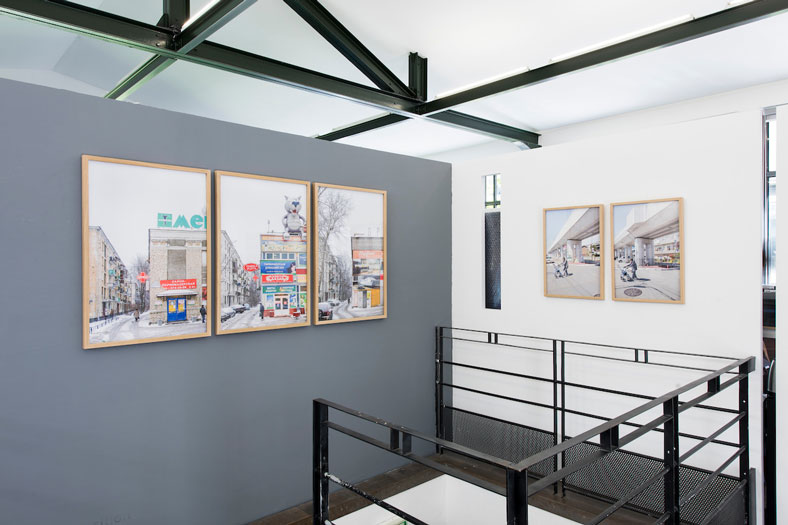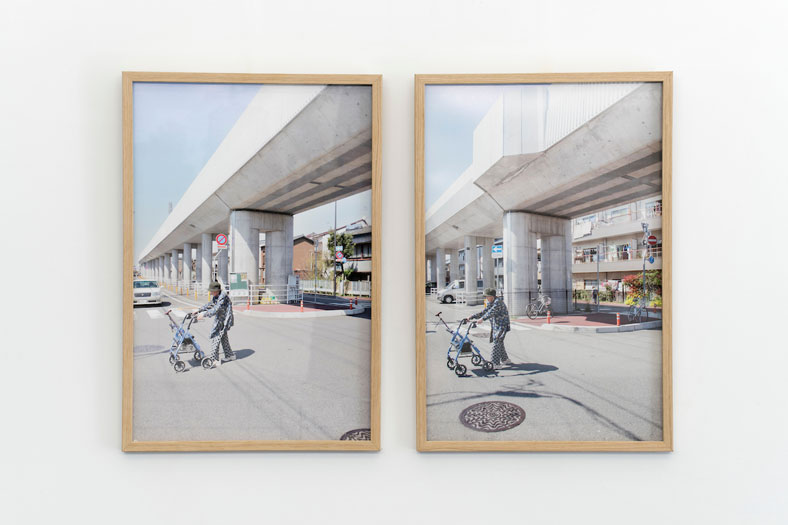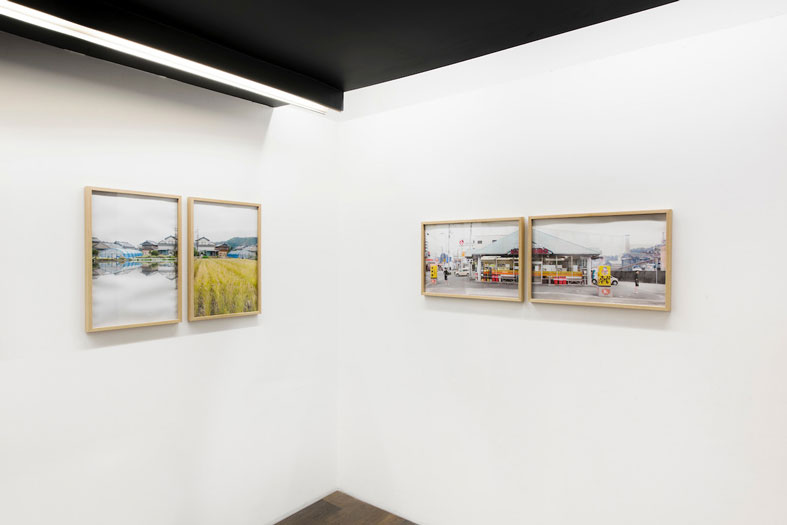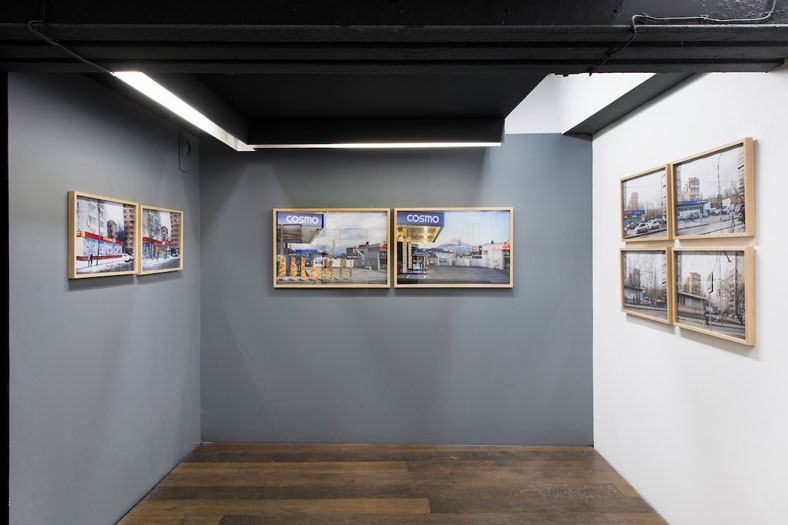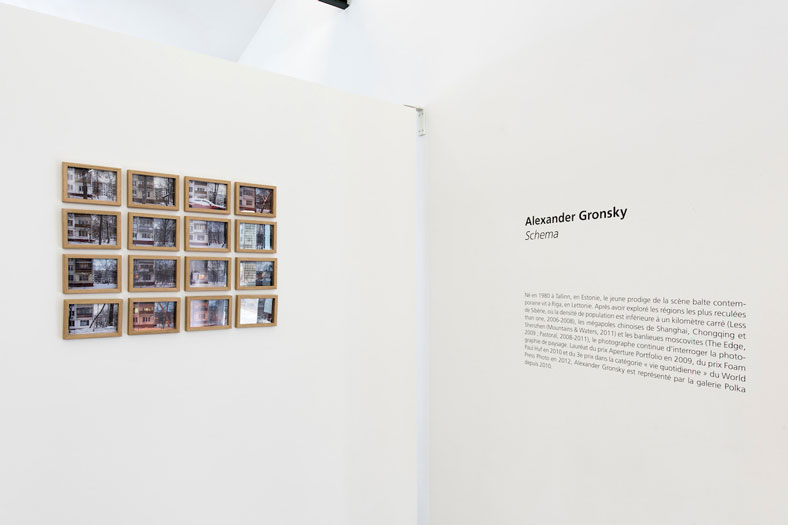Polka Galerie is delighted to present “Schema”, the new series by the young prodigy of the contemporary Baltic scene, Alexander Gronsky.
After exploring the outermost regions of Siberia, where the average population is less than one person per square kilometer (Less than one, 2006-2008), the edges of China’s megacities, Shanghai, Chongqing, and Shenzhen (Mountains & Waters, 2011) and Moscow suburbs (The Edge, 2009, Pastoral, 2011), the photographer pursues his reflection on landscape photography.
He apprehends ”Schema” as a decisive stage in his work, a necessary step into another photographic method: for the first time, he deliberately turns away from medium-format and analog film in favor of digital techniques. The aim: to creatively and narratively embrace this new technology while feeding on the history of the medium.
But beyond the evolution of uses, to what extent does this digital revolution transform the photographic act and impulse?
To what extent does it contribute to the disguise of the real, the distortion of time and space coordinates within a landscape or a scene, and the meaning of a given image?
Composed of diptychs, triptychs and polyptychs shot over a decade between 2005 and 2015, in different countries across the world including Russia, Japan and Azerbaijan, the series ”Schema” depicts sequences of landscapes tinged with a snapshot and cinematographic aesthetic.
”Schema” is a rebus, a strange algorithm, an unidentified DNA, between report, document and fiction. Frightening buildings photographed as they grow old, years after years, almost identical pedestrian crossings, portraits of supermarkets reflected into the mirror… Without post-production retouching, Gronsky revisits his camera tools. Flash, shutter speed, exposure, optics. He takes a critical and playful look on the photographic act, insisting on mimicry, seriality, symmetry and dissymmetry through mirror effects, variations of frames and angles.
The scenes from “Schema” are ideograms. The message is hidden in the association of images. The meaning is created through their dialogue and vis-à-vis.
